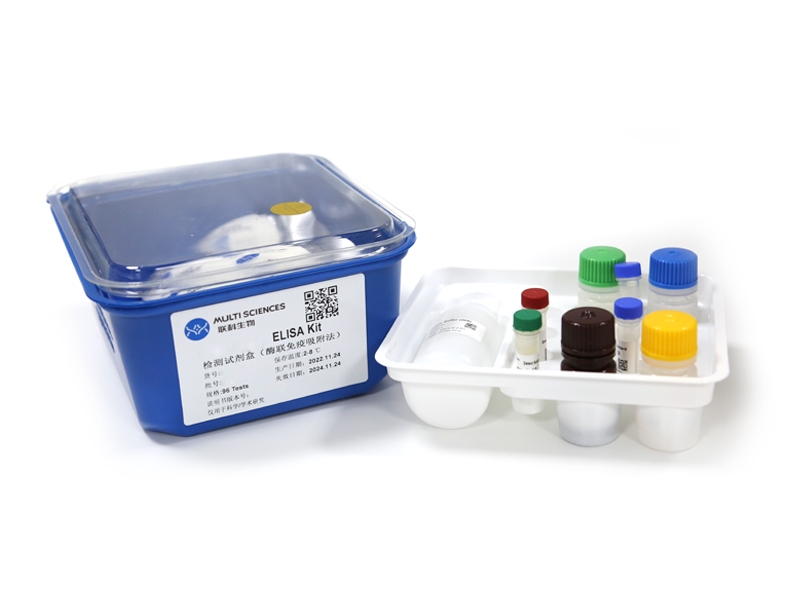BACKGROUND/AIMS: This study aimed to evaluate whether galectin-3 (Gal-3) contributes actively to atrial fibrosis both in patients and experimental atrial fibrillation (AF) models. METHODS: Mouse HL-1 cardiomyocytes were subjected to rapid electrical stimulation (RES) to explore Gal-3 expression and secretion levels by western blotting (WB) and enzyme linked immunosorbent assay (ELISA). Neonatal rat cardiac fibroblasts were treated with conditioned culture medium and recombinant human Gal-3 to evaluate the activation of the transforming growth factor (TGF)-β1/α-smooth muscle actin (SMA)/collagen I (Col I) profibrotic pathway (WB) and fibroblast proliferation with a Cell Counting Kit-8 (CCK-8). Furthermore, in the rapid atrial pacing (RAP) rabbit AF model, atrial Gal-3 expression and its effects on the profibrotic pathway were evaluated (WB and Masson's trichrome staining). Moreover, 44 consecutive patients who underwent single mitral valve repair/replacement were included, consisting of 28 patients with persistent AF (PeAF) and 16 with sinus rhythm (SR). Coronary sinus blood was also sampled to test circulating Gal-3 levels (ELISA), and atrial myocardium Gal-3 and its downstream TGF-β1/α-SMA pathway were also measured by WB and immunohistochemical staining. RESULTS: Gal-3 expression in HL-1 cells and its secretion level in culture medium were greatly increased after 24 h RES. Treatment of neonatal rat cardiac fibroblasts with conditioned media collected from the RES group or recombinant human Gal-3 protein (10 and 30 ?g/mL) for 72 h induced the activation of the TGF-β1/α-SMA/Col I profibrotic pathway. RAP increased Gal-3 levels and activated the TGF-β1/α-SMA/Col I pathway in rabbit left atria, while the Gal-3 inhibitor N-acetyllactosamine, injected at 4.5 mg/kg every 3 days, mitigated these adverse changes. Furthermore, Gal-3 levels in coronary sinus blood samples and myocardial Gal-3 expression levels were higher in the PeAF patients than in the SR patients, and higher level profibrotic pathway activation was also confirmed. CONCLUSIONS: Activation of Gal-3 expression in the atria can subsequently activate the TGF-β1/α-SMA/Col I pathway in cardiac fibroblasts, which may enhance atrial fibrosis.
文章引用产品
-
-
- EK113
- ELISA试剂盒
Human IL-13 ELISA Kit检测试剂盒(酶联免疫吸附法)
-
¥1,600.00 – ¥2,650.00
-
- EK113
- ELISA试剂盒
Human IL-13 ELISA Kit检测试剂盒(酶联免疫吸附法)
- ¥1,600.00 – ¥2,650.00



